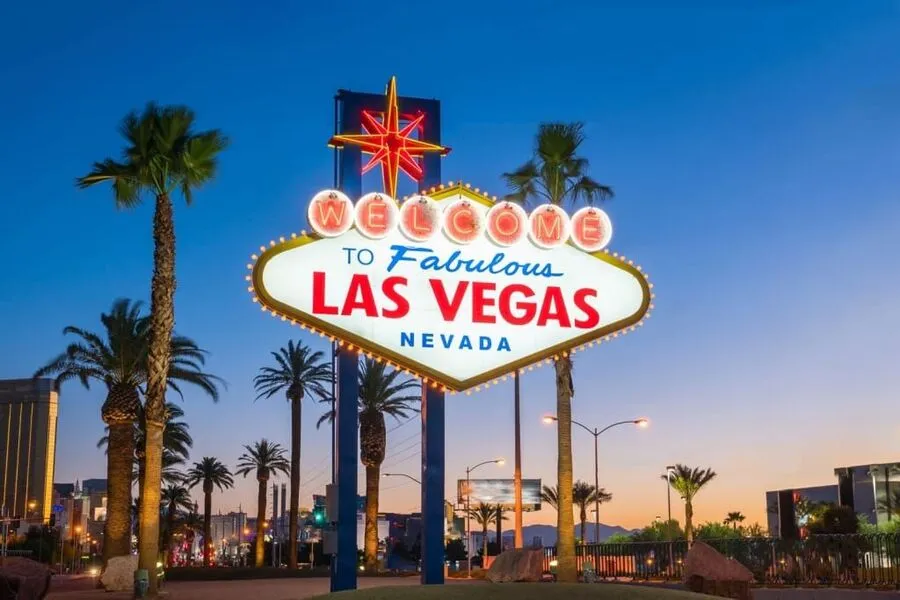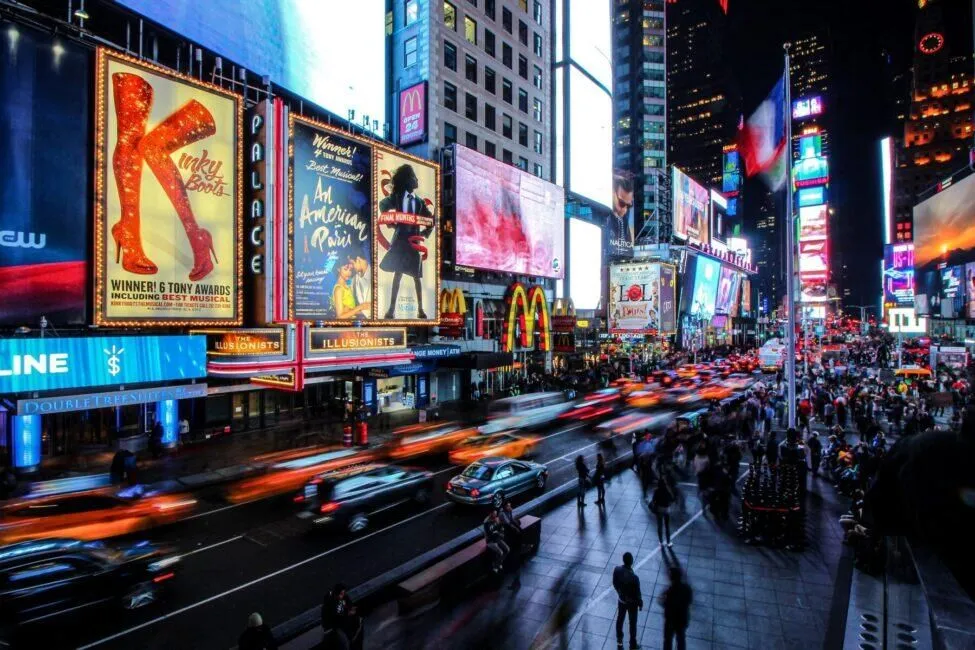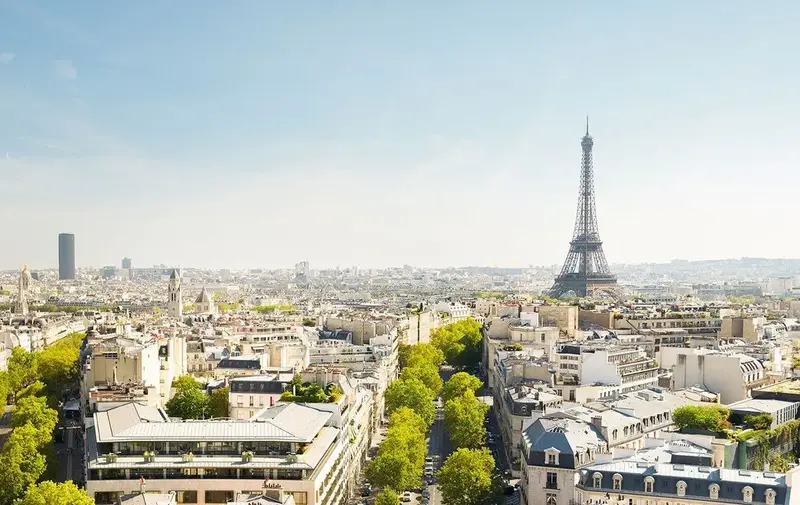LIFESTYLE
Chill, Affordable, Livable: The Best Places to Live in America
March 27, 2025

If you’ve ever wondered where the best place to live in the US is, you’re not alone. With 50 states and thousands of cities to choose from, it’s no easy decision. Whether you’re after job opportunities, affordable housing, a great climate, or simply that perfect blend of community and quality of life. It all depends on your lifestyle, values, and budget.
I've traveled the country extensively and researched countless data points on cost of living, safety, education, climate, and economic opportunity. So whether you’re relocating for work, retiring, or just dreaming of a change, here’s a ranked list of the 30 best places to live in the US, counted down from #30 to #1. For each place, I’ve included key factors like geography, climate, job outlook, affordability, and what makes it special.
Each entry also includes an overall score (out of 10), plus individual ratings for climate, affordability, and overall quality of life. Let’s get started.
30. Boise, Idaho
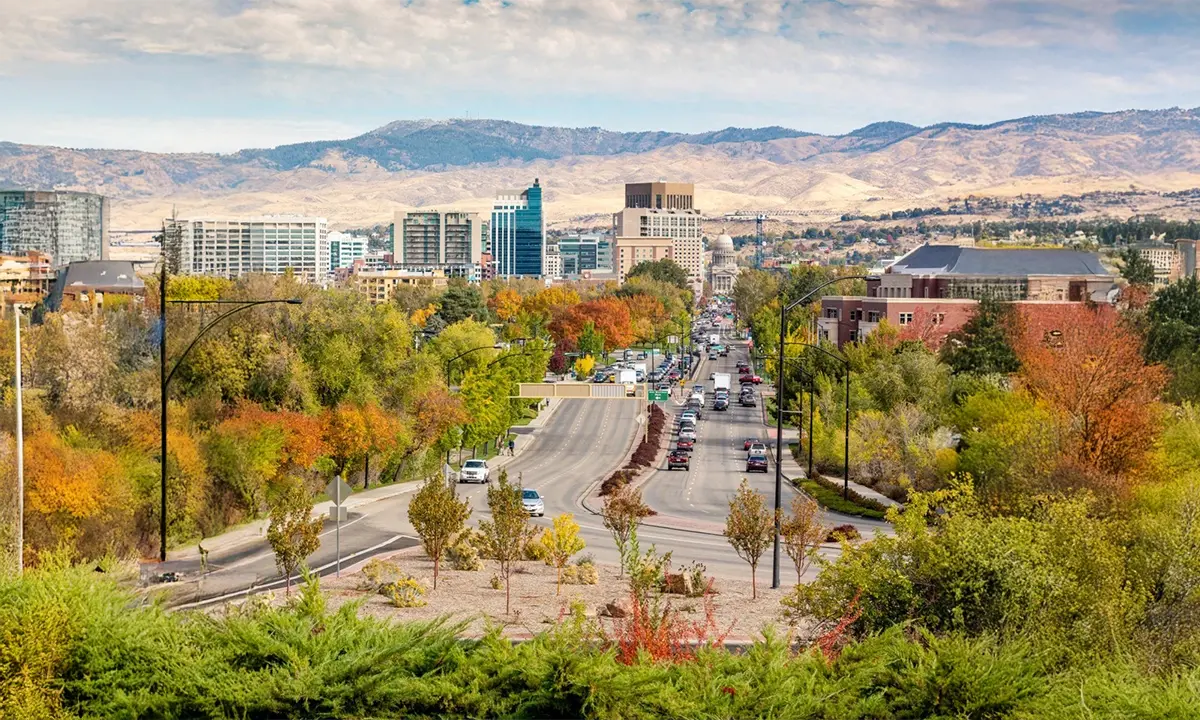
Overall Score: 7.4/10
Climate: 7/10
Affordability: 7/10
Quality of Life: 8/10
Located in the Treasure Valley of southwestern Idaho, Boise is one of the most rapidly growing mid-sized cities in the US. With a population of just under 240,000, it still feels like a small town—but with the economic engines of a much larger city. It’s surrounded by mountains, rivers, and high desert landscapes, making it a haven for outdoor lovers.
Boise offers a healthy job market with strong sectors in healthcare, tech, and manufacturing. It’s also home to Boise State University, which contributes to a vibrant college-town atmosphere. The city has four full seasons, with hot summers and cold, snowy winters, though the dry air makes both extremes more bearable.
Housing prices have climbed in recent years, but it still remains more affordable than most coastal cities. Residents enjoy low crime, lots of green space, and a tight-knit community vibe that makes Boise especially appealing to families and remote workers.
29. Greenville, South Carolina
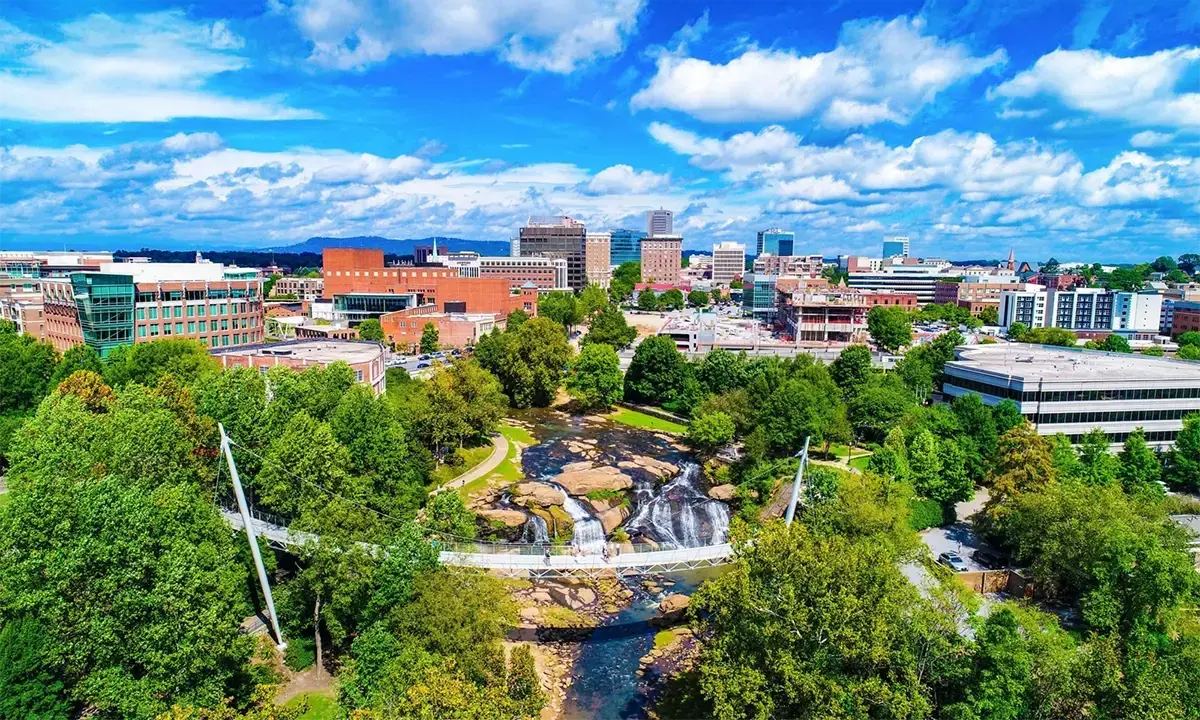
Overall Score: 7.5/10
Climate: 8/10
Affordability: 8/10
Quality of Life: 7/10
Nestled in the foothills of the Blue Ridge Mountains, Greenville is a small city with big appeal. With a population of around 75,000 in the city proper (and over 500,000 in the metro), it blends southern charm with a revitalized downtown that's full of shops, restaurants, and walkable green spaces like Falls Park on the Reedy.
Greenville has grown into a regional economic hub with strong roots in manufacturing, particularly automotive (BMW has a major plant here), as well as healthcare and logistics. The cost of living is below the national average, and housing is relatively affordable compared to larger Southern metros like Charlotte or Atlanta.
Its mild climate—short winters and long springs and falls—makes it easy to enjoy the outdoors nearly year-round. The city also has a strong sense of community, plenty of cultural festivals, and access to the scenic Blue Ridge Parkway.
28. Minneapolis–St. Paul, Minnesota
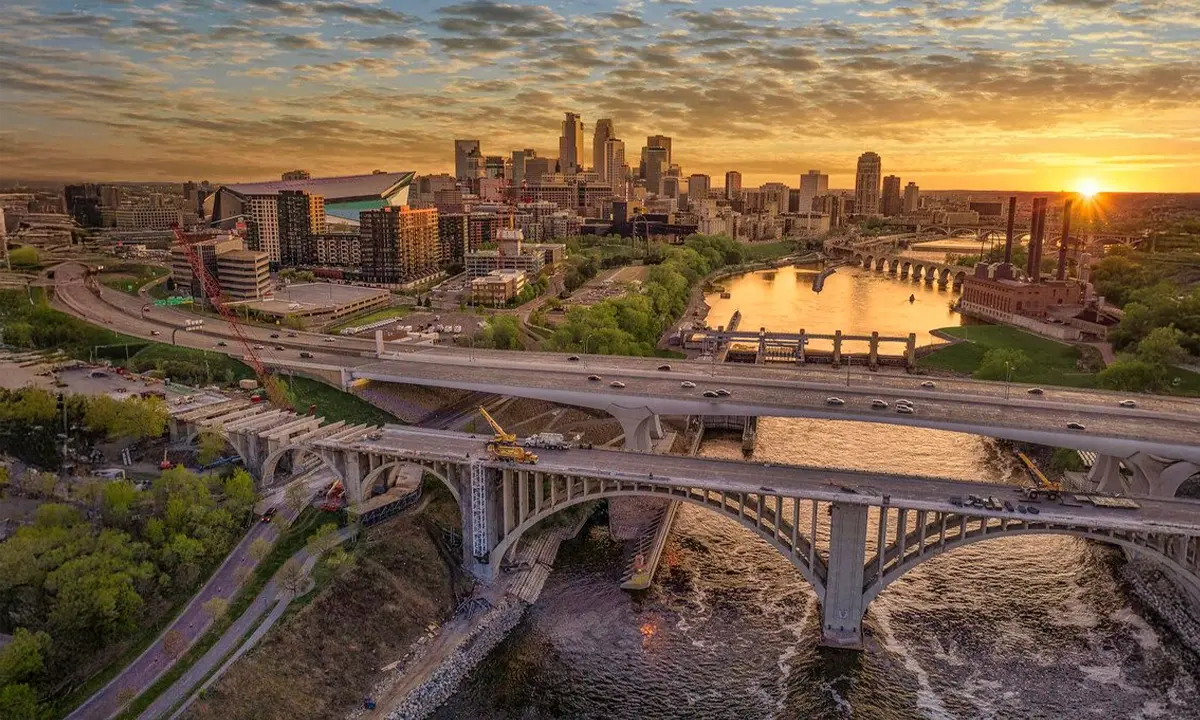
Overall Score: 7.6/10
Climate: 6/10
Affordability: 7/10
Quality of Life: 9/10
The Twin Cities metro offers a mix of vibrant city living and serene nature escapes, all within one of the most livable regions in the Midwest. Minneapolis and St. Paul combined have a population of over 3.5 million, but both maintain distinct personalities—Minneapolis being more modern and progressive, while St. Paul has a more historic, laid-back vibe.
Despite the notoriously cold winters, the area boasts more than 10,000 lakes and an expansive park system. Summers are beautiful, filled with festivals, biking trails, and lake days. The economy is diverse and stable, with Fortune 500 companies like Target, 3M, and UnitedHealth Group headquartered here.
Residents enjoy excellent public transit, top-tier healthcare, a renowned arts scene, and a high level of civic engagement. Housing is affordable compared to other large metros, and neighborhoods are often walkable and community-oriented.
27. Reno, Nevada
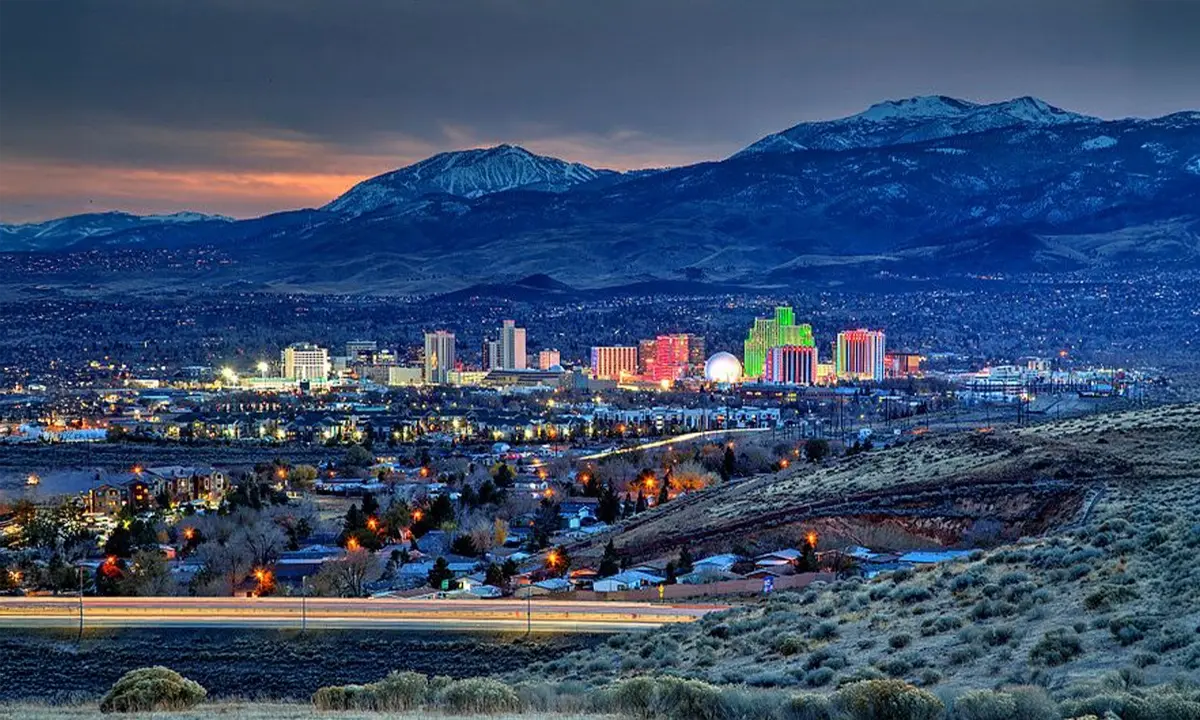
Overall Score: 7.7/10
Climate: 8/10
Affordability: 7/10
Quality of Life: 8/10
Often dubbed 'The Biggest Little City in the World,' Reno has evolved from a casino-centric town into a burgeoning tech hub. With a population just over 270,000, it offers urban energy with a more relaxed mountain-town pace. It's nestled in the high desert, just 45 minutes from Lake Tahoe and surrounded by the Sierra Nevadas.
The weather is dry and sunny for most of the year, with hot summers and snowy winters—great for those who enjoy four seasons. Housing prices have risen in recent years but are still more manageable than in nearby California.
Reno's job market is growing thanks to Tesla's Gigafactory and a wave of other tech and logistics companies setting up shop. Add to that a walkable downtown, tons of outdoor activities, and no state income tax, and it's easy to see the draw.
26. Madison, Wisconsin
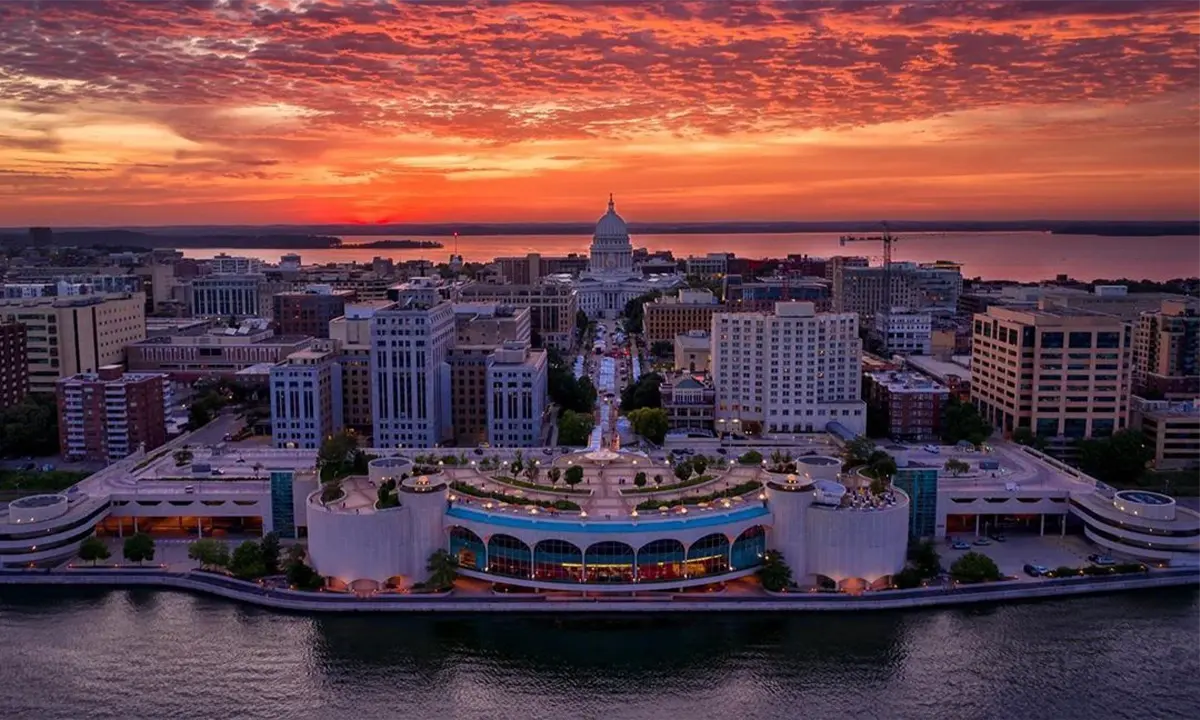
Overall Score: 7.8/10
Climate: 7/10
Affordability: 7/10
Quality of Life: 9/10
Home to the University of Wisconsin, Madison is a capital city that feels more like a cozy college town—with lakes. It sits between Lake Mendota and Lake Monona, offering stunning views and easy access to boating, kayaking, and lakefront walking paths.
Madison consistently ranks high for education, healthcare access, and public amenities. The job market is strong in healthcare, education, government, and biotech. It's also a haven for cyclists, with an extensive bike trail system and a highly active population.
Though winters are cold and snowy, the community more than makes up for it with year-round events, a great food scene, and a culture that blends Midwestern warmth with progressive values.
25. Tampa, Florida
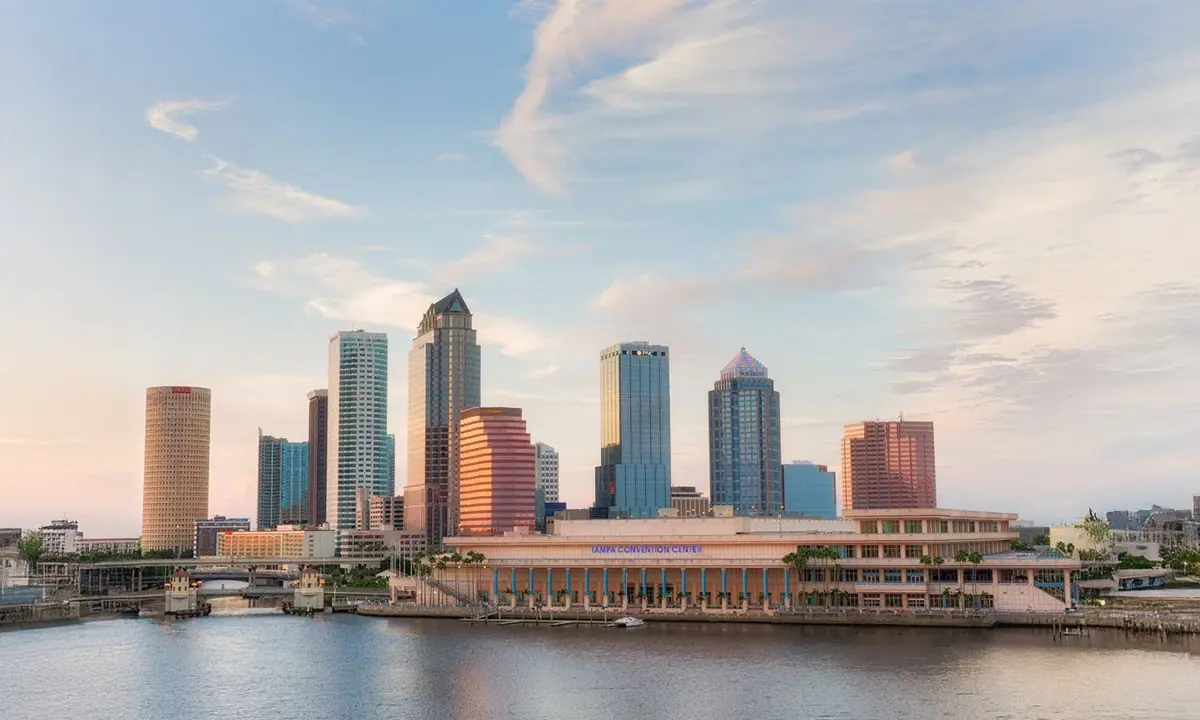
Overall Score: 7.9/10
Climate: 9/10
Affordability: 6.5/10
Quality of Life: 8.5/10
Located on Florida's Gulf Coast, Tampa offers a tropical lifestyle with all the perks of a growing metro area. With nearly 400,000 residents in the city and over 3 million in the greater metro, it balances beachside relaxation with business growth.
Tampa's job market is booming, particularly in finance, tech, and healthcare. It's a key player in Florida's economic expansion and has become a hotspot for remote workers and entrepreneurs. No state income tax adds to its appeal.
The cost of living is rising, especially in popular neighborhoods like Hyde Park and Seminole Heights, but there are still plenty of affordable pockets. The climate is sunny and warm, though summers can be humid and stormy.
24. Raleigh–Durham, North Carolina
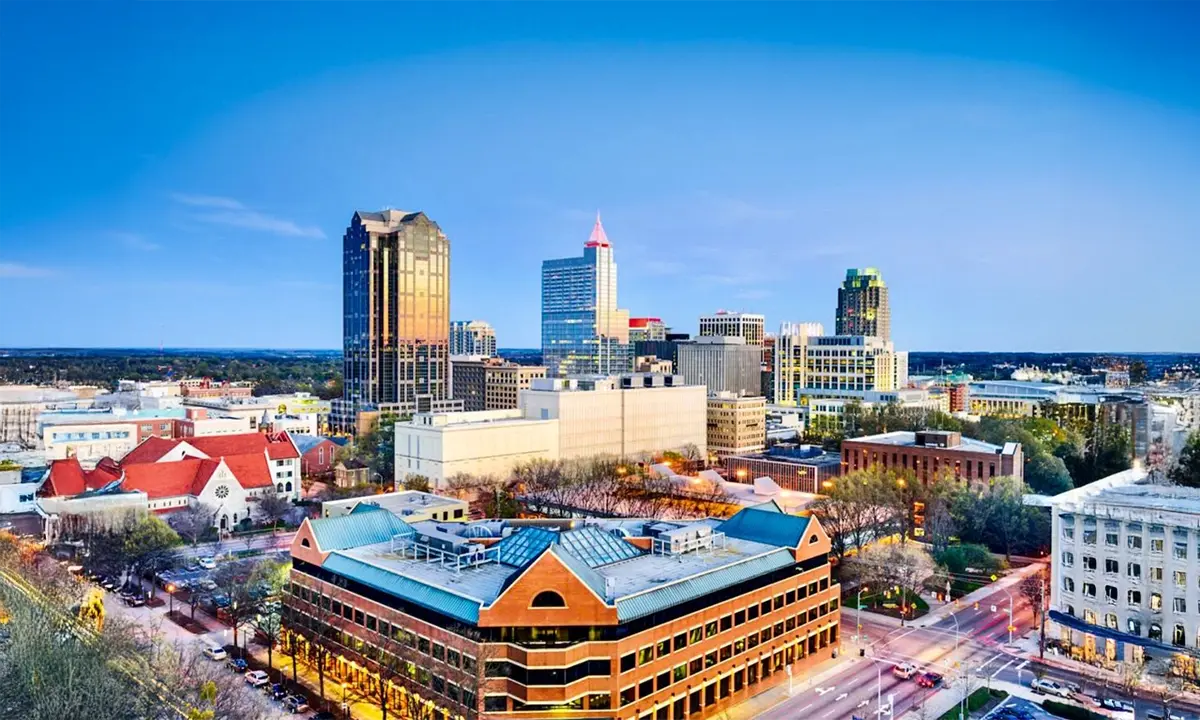
Overall Score: 8.0/10
Climate: 8/10
Affordability: 7.5/10
Quality of Life: 8.5/10
This booming metro area in central North Carolina has long been a favorite for professionals, families, and students alike. Known as the Research Triangle (thanks to the presence of NC State, Duke, and UNC-Chapel Hill), it's a magnet for tech, healthcare, and education jobs.
Raleigh and Durham have a combined population of about 1.4 million, but still maintain a laid-back, suburban feel. The climate is moderate with hot summers and mild winters, plus four distinct seasons—ideal for year-round outdoor activities.
The cost of living is rising, but housing is still relatively affordable compared to cities in the Northeast or West Coast. Plus, with a high concentration of parks, greenways, and breweries, there's no shortage of things to do.
23. Salt Lake City, Utah
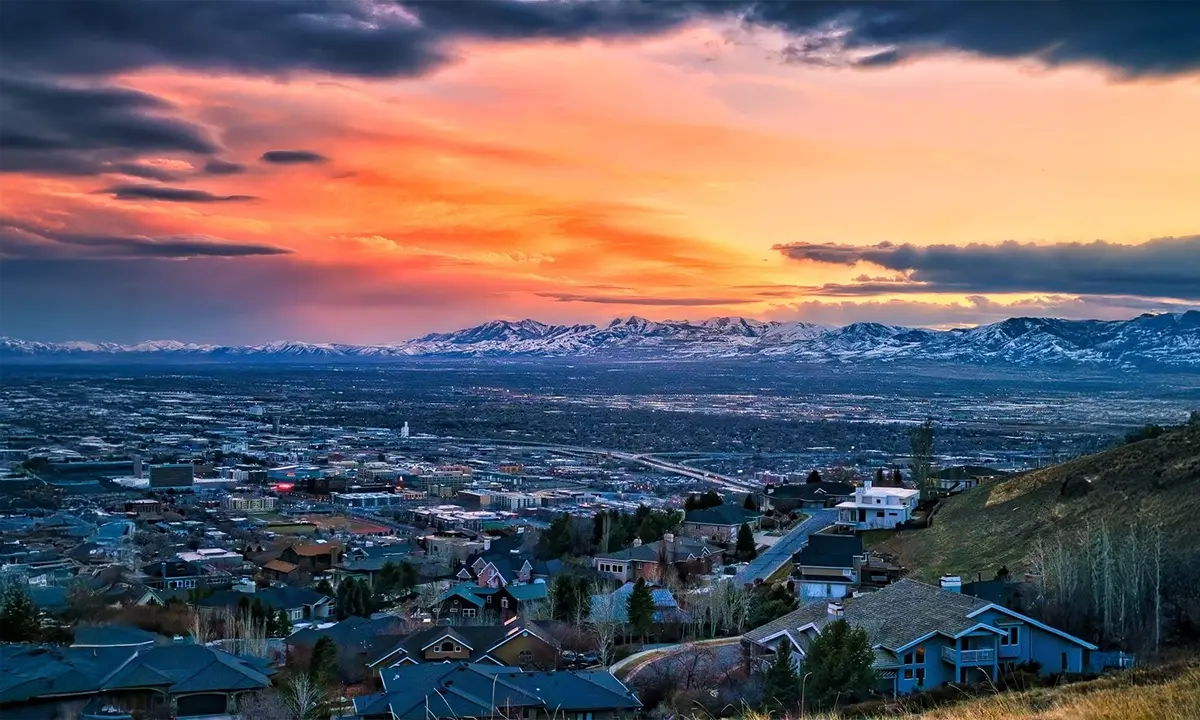
Overall Score: 8.1/10
Climate: 7.5/10
Affordability: 7/10
Quality of Life: 9/10
Salt Lake City sits in a breathtaking natural setting between the Wasatch Mountains and the Great Salt Lake. With a population of over 200,000 in the city and about 1.2 million in the metro, it blends outdoor recreation with urban amenities.
It's a great place for people who enjoy skiing, hiking, and rock climbing—all within an hour's drive. Winters are snowy but manageable, while summers are dry and warm. The local economy is strong in tech, aerospace, and healthcare.
While housing costs have gone up in recent years, the region still offers a solid mix of affordability and livability. The clean city layout, family-friendliness, and access to the outdoors make it a top-tier option.
22. Charleston, South Carolina
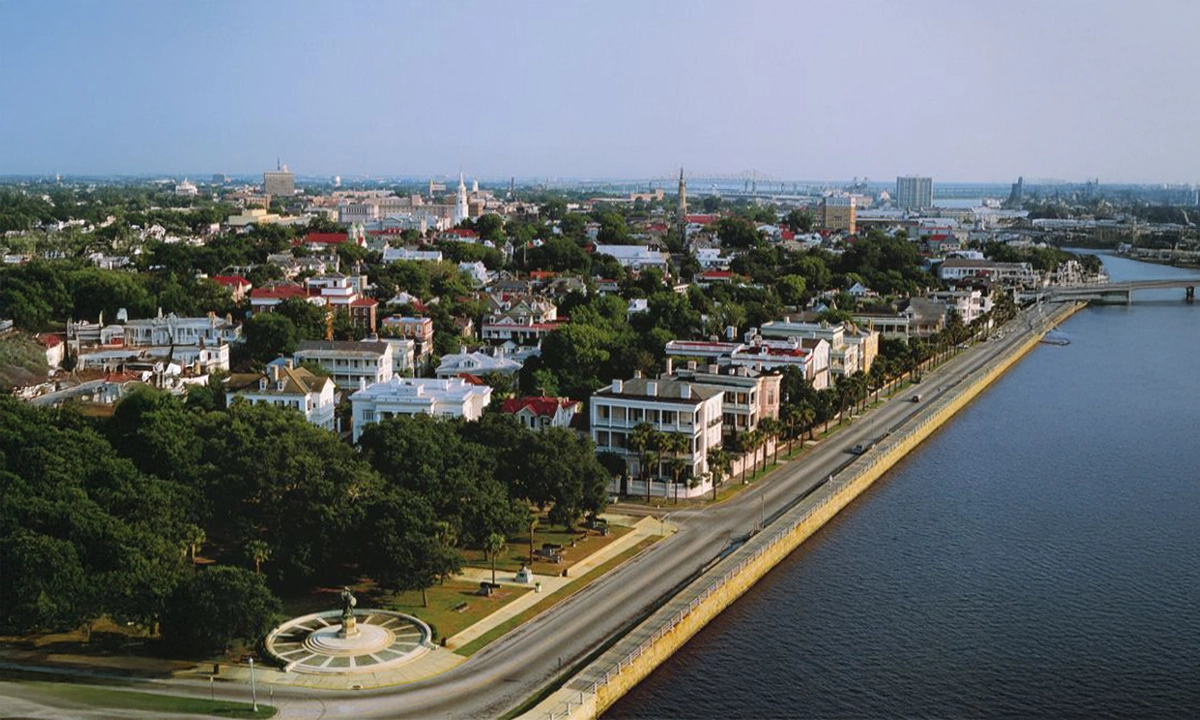
Overall Score: 8.2/10
Climate: 9/10
Affordability: 6.5/10
Quality of Life: 9/10
If you love history, charm, and coastal views, Charleston checks every box. With pastel-colored homes, cobblestone streets, and legendary Lowcountry cuisine, this city blends Southern heritage with modern luxury.
The population of Charleston proper is just over 150,000, but the metro area tops 800,000. The economy is driven by tourism, healthcare, and logistics, and the port remains one of the busiest on the East Coast.
It's hot and humid in the summer, but the beaches, waterways, and outdoor lifestyle balance that out. The cost of living is higher than other Southern cities, but Charleston's charm makes it worth the price.
21. Denver, Colorado

Overall Score: 8.3/10
Climate: 8/10
Affordability: 6/10
Quality of Life: 9/10
Denver combines the energy of a major city with the natural beauty of the Rockies right outside your window. With 700,000 people in the city and nearly 3 million in the metro, it offers everything from craft breweries to top-tier skiing.
The weather includes snowy winters and sunny summers, and the city sees over 300 days of sunshine a year. Tech, healthcare, and energy are all major industries, and remote workers have flocked here for the lifestyle.
It's not the cheapest city, especially when it comes to housing, but the quality of life is hard to beat. Mountains, music, and microbrews—it's all part of the Denver experience.
20. Portland, Maine
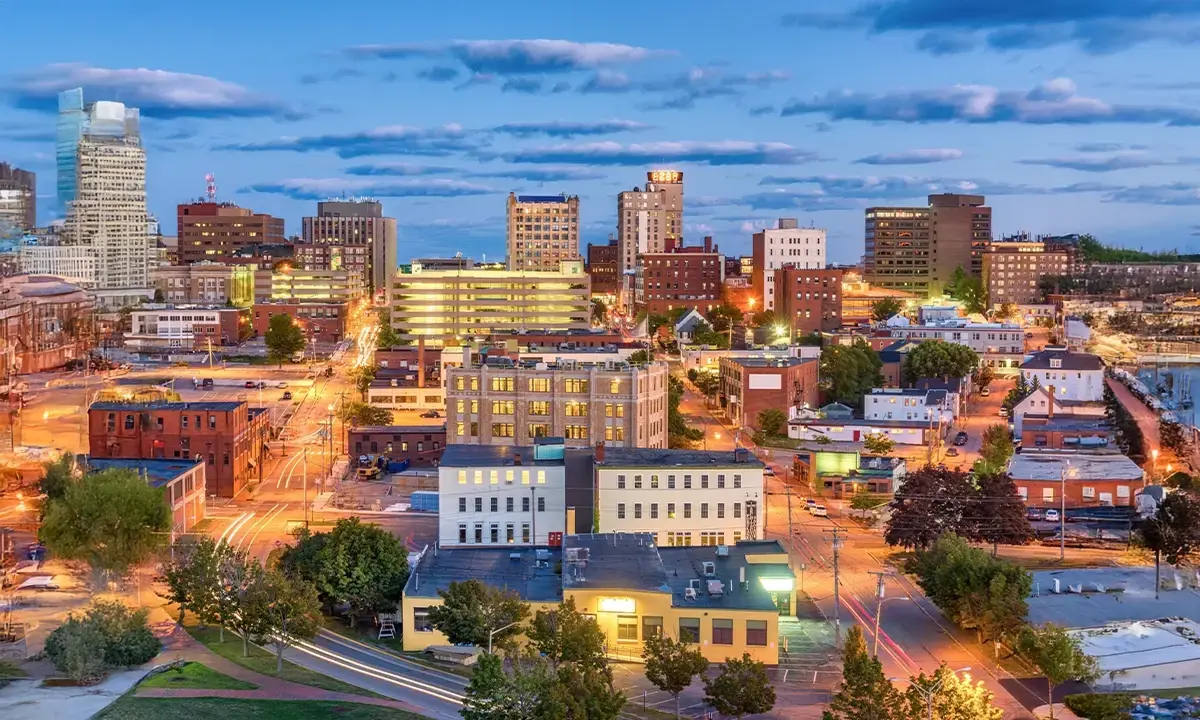
Overall Score: 8.3/10
Climate: 7/10
Affordability: 7/10
Quality of Life: 9/10
Tucked along Maine's southern coast, Portland combines New England charm with a progressive, artistic edge. With a population of around 70,000 (and about half a million in the metro), it feels intimate but never boring. The historic Old Port district is filled with cobblestone streets, local shops, and some of the best seafood in the country.
Portland has become a haven for remote workers, foodies, and outdoor enthusiasts. It offers easy access to beaches, hiking trails, and weekend trips to the mountains. Winters are snowy but manageable, and summers are cool, breezy, and beautiful.
Healthcare, education, and tourism are the biggest employers here, and though the cost of living has risen, it's still relatively affordable for the Northeast. The quality of life—especially if you value nature and community—is top-notch.
19. Austin, Texas
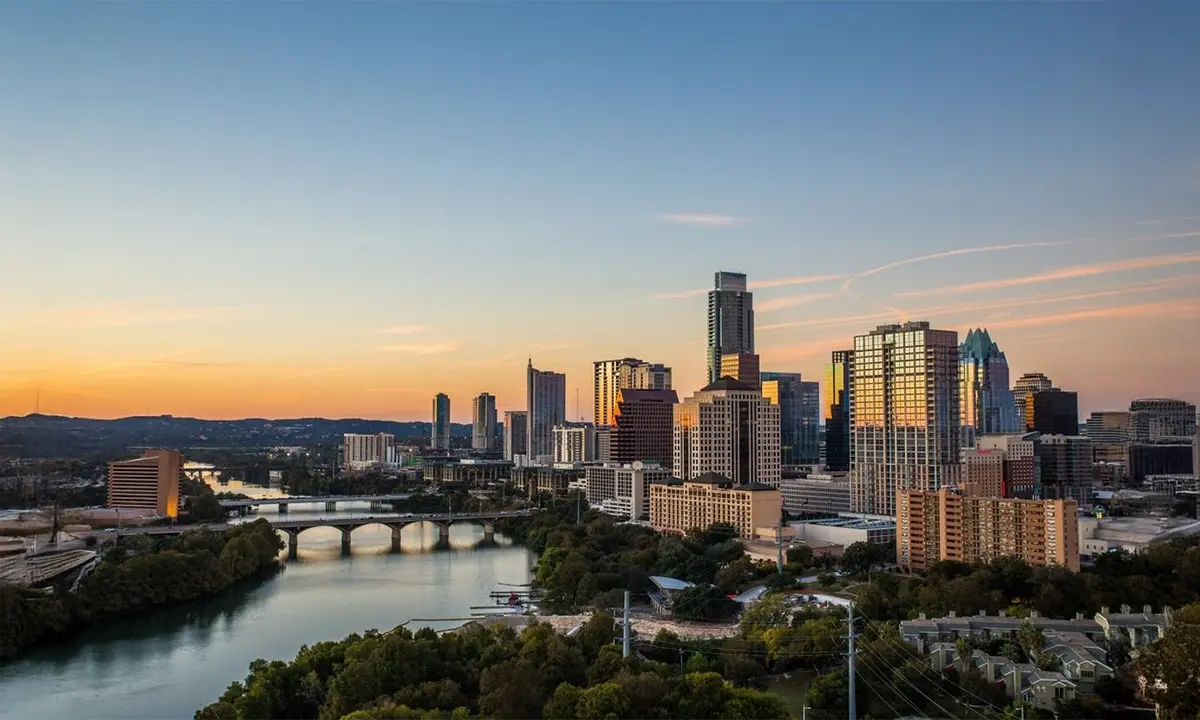
Overall Score: 8.4/10
Climate: 8/10
Affordability: 6.5/10
Quality of Life: 9.5/10
Austin is known for its live music, tech boom, and endless weirdness—and for good reason. With nearly 1 million people and one of the fastest-growing metro areas in the country, Austin balances big city opportunity with an unmistakably laid-back vibe.
The tech industry is booming, with companies like Dell, Apple, and Google all having major footprints here. Add in a strong startup scene, no state income tax, and a youthful, creative culture, and you've got a magnet for talent.
Housing prices have skyrocketed, which hurts its affordability score, but the lifestyle makes up for it: food trucks, greenbelts, festivals, and sunshine nearly year-round.
18. Pittsburgh, Pennsylvania
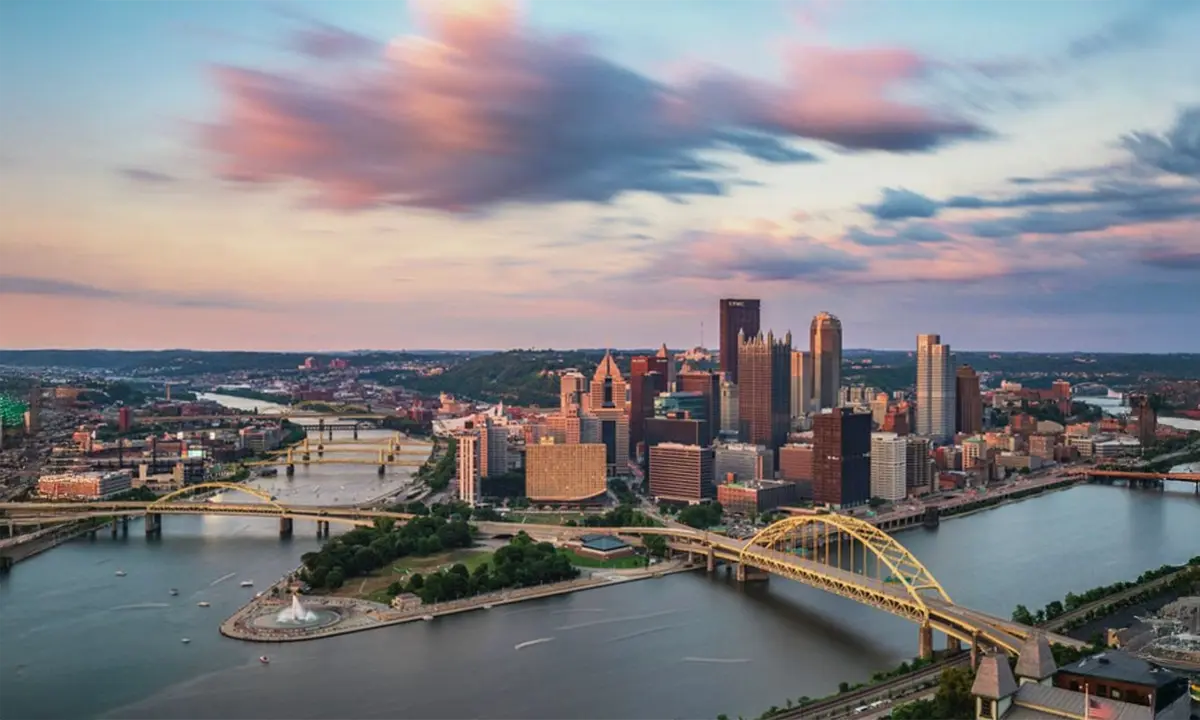
Overall Score: 8.4/10
Climate: 7/10
Affordability: 8.5/10
Quality of Life: 8/10
Once known as a steel town, Pittsburgh has reinvented itself as a center for tech, healthcare, and education. The city has over 300,000 residents, but its dozens of walkable neighborhoods make it feel much smaller and more connected.
It offers some of the most affordable housing of any major city in the US, with a thriving arts scene, excellent medical care, and world-class universities like Carnegie Mellon and the University of Pittsburgh. The city also has a surprising amount of green space, with three rivers and hundreds of bridges adding to its visual charm.
Pittsburgh does get its fair share of cloudy days, but locals don't seem to mind. Its cultural depth and low cost of living make it one of the most underrated cities in America.
17. San Diego, California
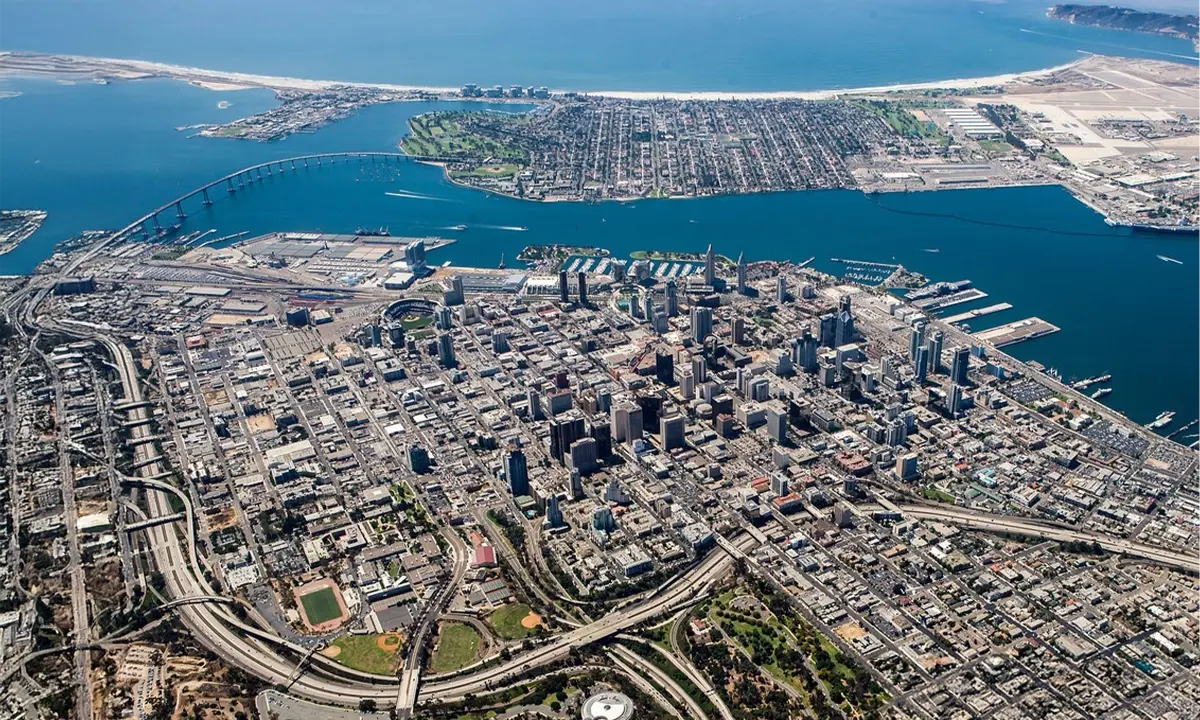
Overall Score: 8.5/10
Climate: 10/10
Affordability: 5.5/10
Quality of Life: 9.5/10
If climate alone were the deciding factor, San Diego would be #1. With year-round mild temperatures, ocean breezes, and stunning coastal views, it's a dream for anyone who prioritizes outdoor living. The city has 1.4 million residents and an incredibly laid-back, health-conscious culture.
San Diego's job market is strong in biotech, healthcare, and tourism. It also has a large military presence and one of the best park systems in the US. You can surf in the morning, hike in the afternoon, and eat fresh seafood at night—all without leaving the city.
It's expensive, no doubt, especially in coastal neighborhoods, but the access to nature, safety, and high quality of life make it worth the cost for many.
16. Boulder, Colorado
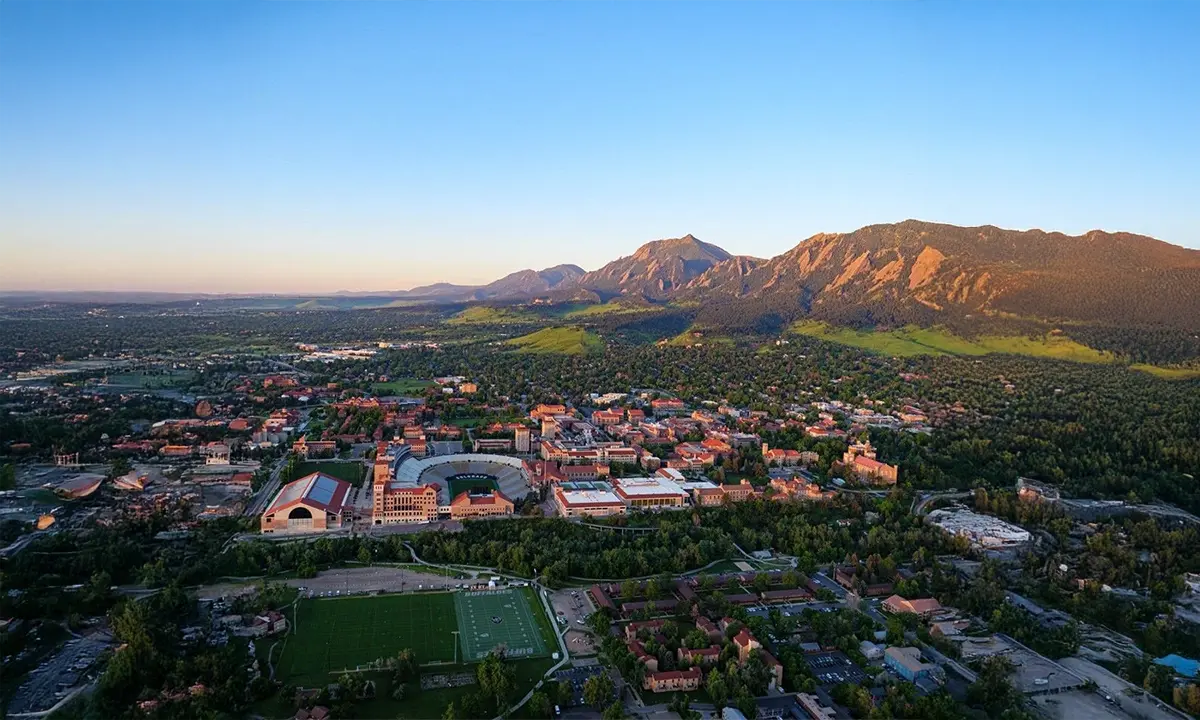
Overall Score: 8.6/10
Climate: 8/10
Affordability: 6.5/10
Quality of Life: 9.5/10
Boulder sits at the foot of the Rocky Mountains and offers one of the highest qualities of life in the country. Though small—with a population just over 100,000—it punches way above its weight in education, innovation, and outdoor living. The University of Colorado helps anchor a vibrant, youthful community with a progressive attitude.
It's an ideal city for those who love biking, hiking, climbing, or simply enjoying nature. Boulder is also known for its commitment to sustainability, local food, and health-conscious living. Its sunny, dry climate complements the mountain lifestyle, though winters do bring some snow.
Job opportunities in tech, science, and academia abound, and the local economy is robust. The major drawback? Housing is expensive and inventory is limited. But for those who can afford it, Boulder offers an unmatched lifestyle.
15. Bend, Oregon
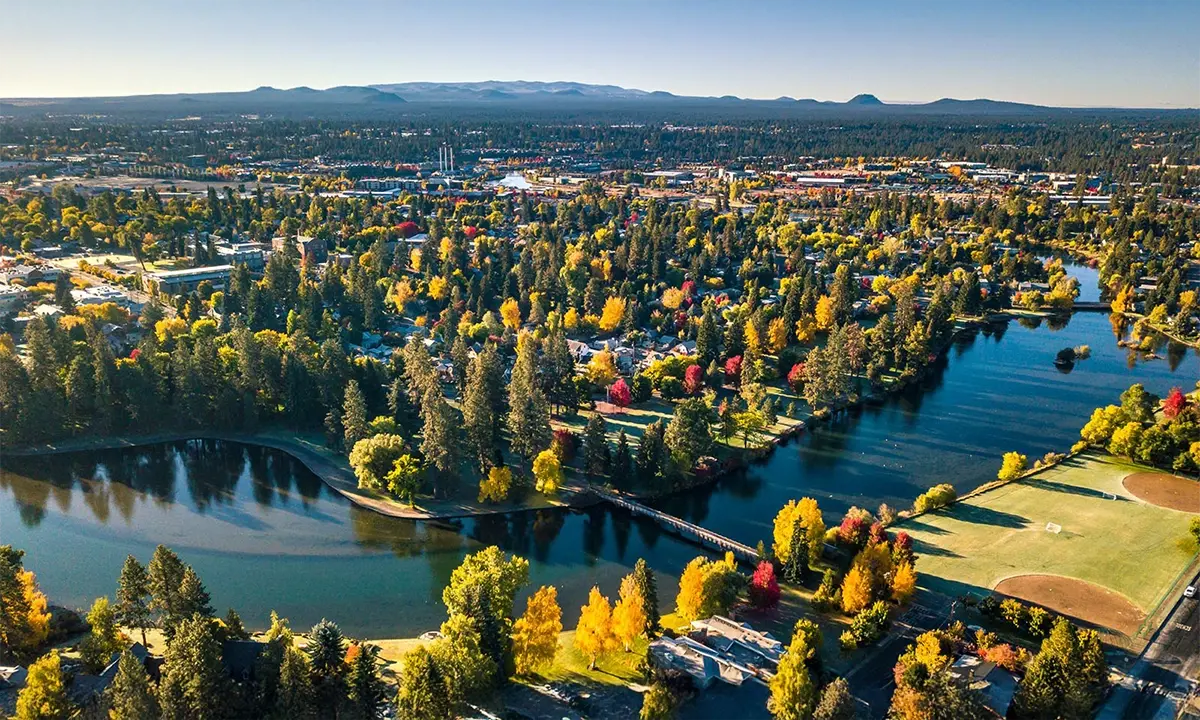
Overall Score: 8.6/10
Climate: 8.5/10
Affordability: 7/10
Quality of Life: 9/10
Bend has emerged as one of the most desirable smaller cities in the western US. With a population of just over 100,000, it sits at the base of the Cascade Mountains and offers four-season outdoor living—from skiing on Mount Bachelor to paddleboarding on the Deschutes River. The views are stunning and the air is fresh year-round.
Originally a logging town, Bend has grown into a hub for remote workers, retirees, and entrepreneurs. The tech and outdoor recreation sectors are expanding, and the craft beer scene is one of the best in the country. There's a strong sense of community and an emphasis on sustainability.
While real estate prices have surged, Bend still offers a better balance of lifestyle and cost than many major cities. If you're looking for a blend of adventure, scenery, and a relaxed pace of life, Bend is a standout.
14. Honolulu, Hawaii
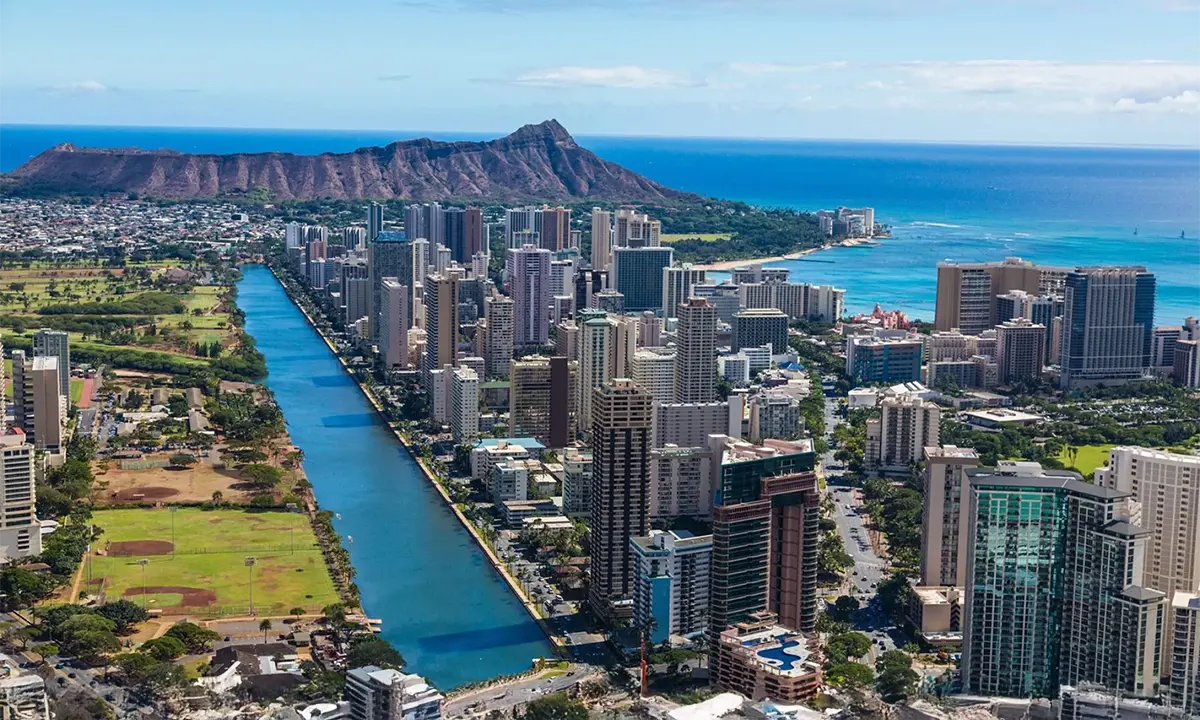
Overall Score: 8.7/10
Climate: 10/10
Affordability: 4.5/10
Quality of Life: 9.5/10
Honolulu offers what many would call paradise: ocean views, mountain hikes, world-famous beaches, and an average temperature of 80°F year-round. With a population of just over 350,000, it combines big-city infrastructure with island tranquility.
Healthcare, tourism, and the military dominate the economy, and the city has some of the best hospitals and schools in the Pacific region. The food culture is diverse and deeply rooted in local traditions.
The downsides? It's expensive to live here—really expensive—and housing options are limited. But if you can swing the cost, the natural beauty and slower pace of life are deeply rewarding.
13. Seattle, Washington
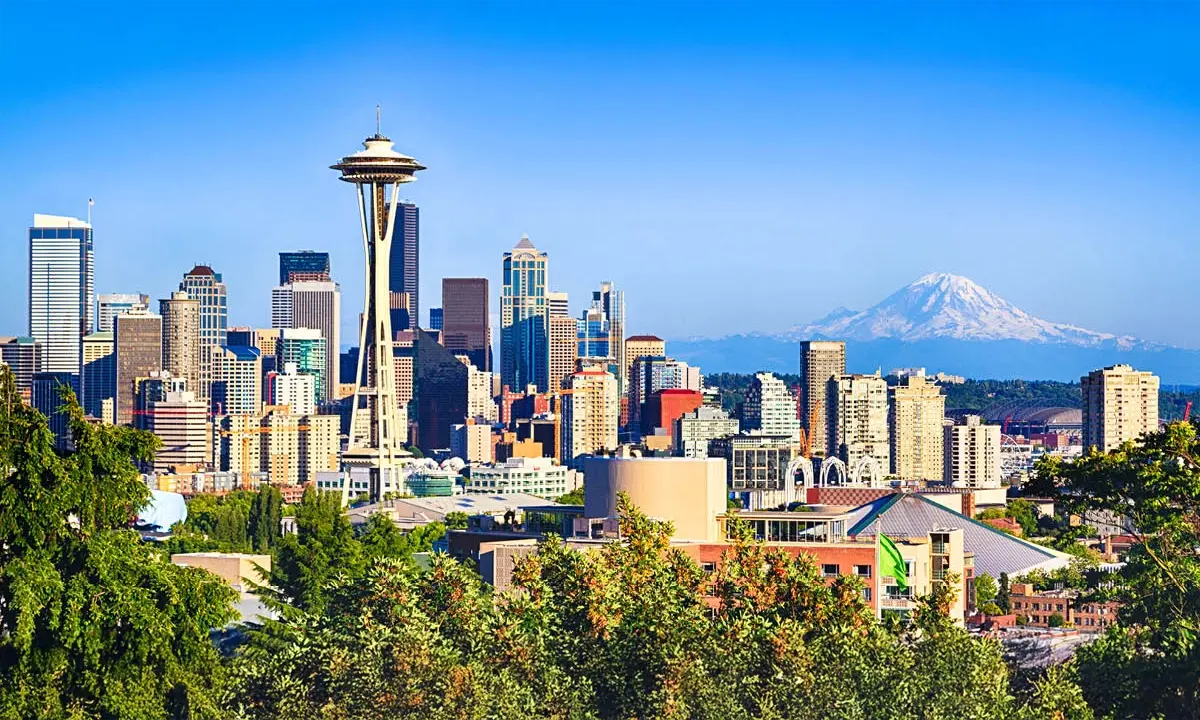
Overall Score: 8.7/10
Climate: 7.5/10
Affordability: 6/10
Quality of Life: 9/10
Seattle combines a thriving tech economy with stunning natural surroundings. With a population of over 750,000 and a metro of over 4 million, it's one of the most influential cities on the West Coast. Amazon, Microsoft, and a sea of startups power its job market.
The city is surrounded by water, forests, and mountains, offering incredible recreational options. The climate is rainy but temperate, and summers are absolutely gorgeous. Seattle also ranks highly for walkability, public transport, and cultural diversity.
High housing prices keep affordability lower, but the job prospects and lifestyle often offset the cost. It's a city for ambitious, outdoorsy, forward-thinking people.
12. Scottsdale, Arizona
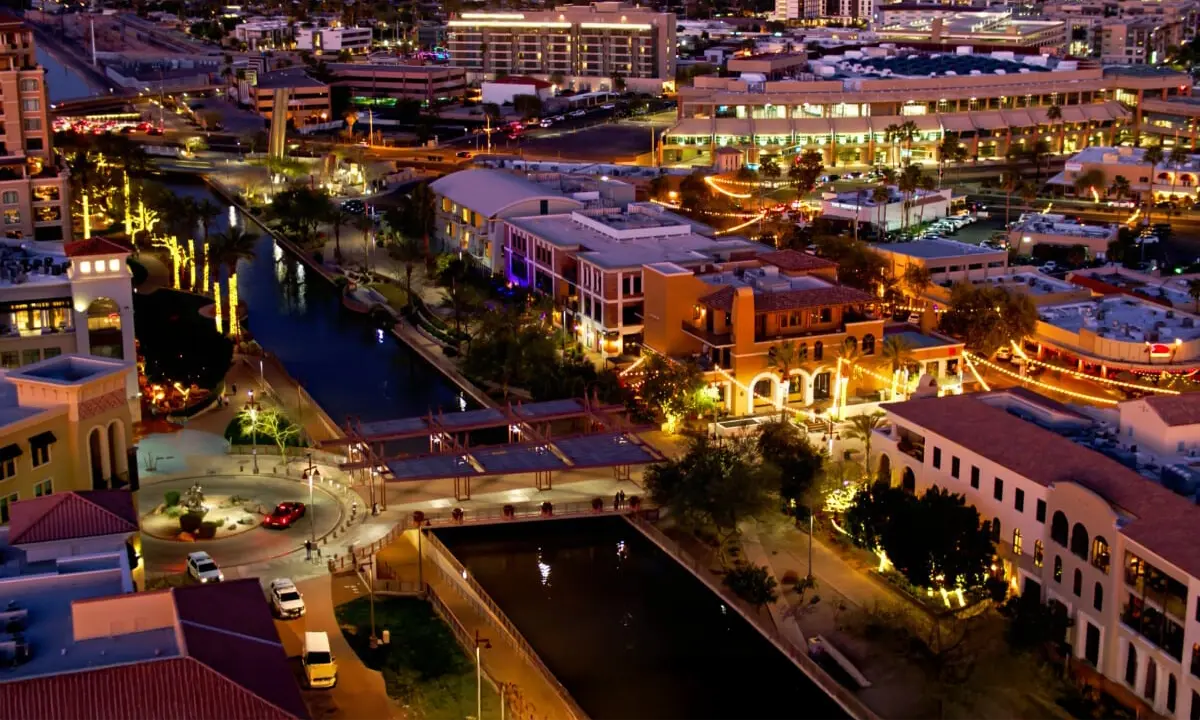
Overall Score: 8.8/10
Climate: 9/10
Affordability: 6.5/10
Quality of Life: 9.5/10
Located just east of Phoenix, Scottsdale is a sunny, upscale desert city that consistently ranks high for wellness, lifestyle, and livability. With a population of around 250,000, it offers a resort-town vibe with year-round outdoor recreation, world-class golf, and a thriving arts and culinary scene.
Scottsdale's job market is strong in healthcare, tech, tourism, and hospitality. It's also known for excellent public schools and a large number of top-rated medical centers. Summers are scorching, but the dry heat and 300+ days of sunshine a year are a dream for sun-seekers.
Though housing can be pricey, residents benefit from Arizona's relatively low tax burden and high quality public services. It's especially popular among retirees and professionals seeking a relaxed but active lifestyle.
11. Washington, D.C.
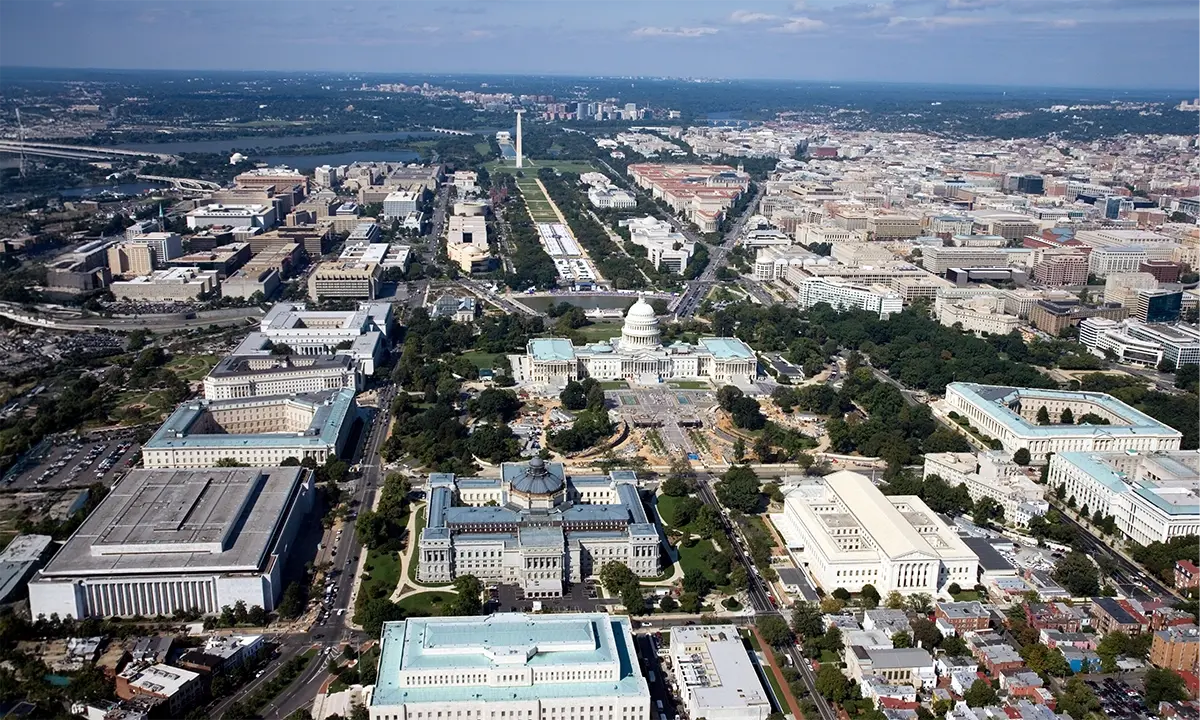
Overall Score: 8.8/10
Climate: 7.5/10
Affordability: 6/10
Quality of Life: 10/10
The nation's capital is more than just politics—Washington, D.C. is a vibrant, international city with rich history, walkable neighborhoods, and an abundance of free museums and green spaces. The metro area is home to over 6 million people and offers one of the most educated, diverse populations in the country.
Employment is stable and abundant, especially in government, law, education, healthcare, and tech. Public transportation is extensive and well-integrated, and the city itself is surprisingly bike-friendly.
While the cost of living is high, the cultural amenities, career opportunities, and intellectual energy more than make up for it for many residents.
10. San Jose, California
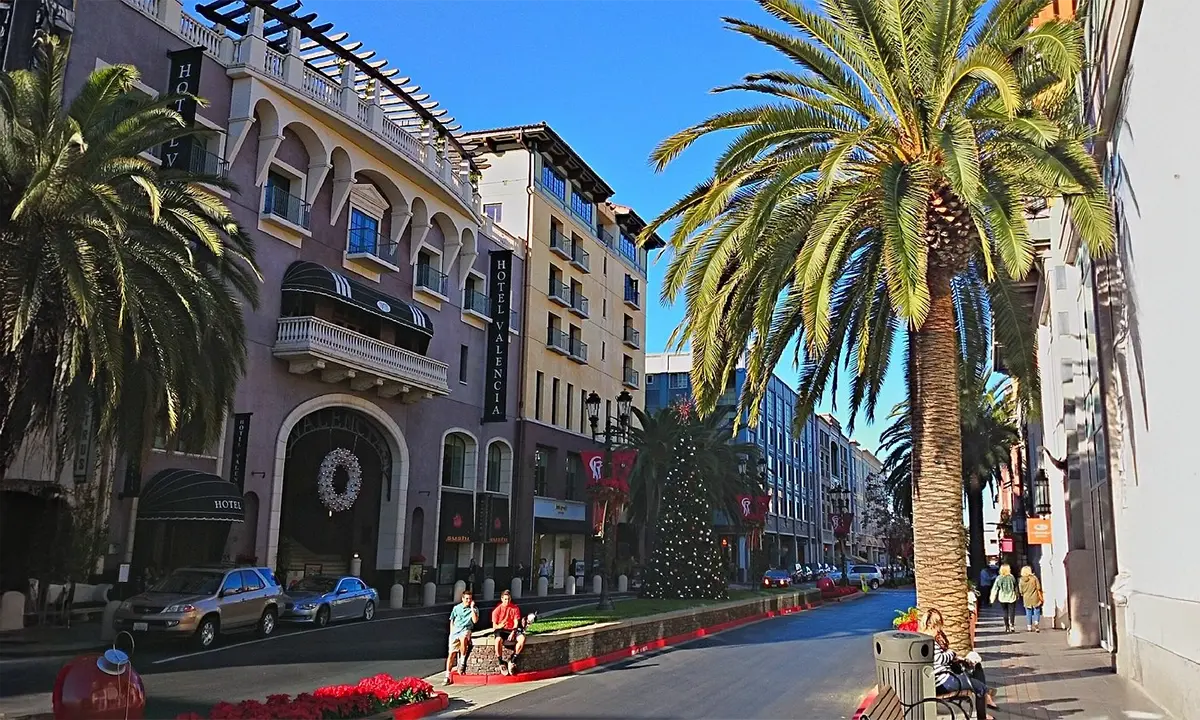
Overall Score: 8.9/10
Climate: 9/10
Affordability: 4.5/10
Quality of Life: 10/10
The heart of Silicon Valley, San Jose is a tech mecca with sky-high salaries, near-perfect weather, and a global community. With over 1 million residents, it's one of the most innovative cities in the U.S. and home to major employers like Apple, Google, Adobe, and more.
You'll pay a premium to live here—housing costs are among the highest in the nation—but the career opportunities and standard of living are top-tier. The climate is mild and sunny most of the year, and outdoor activities are abundant, from the coast to the redwoods.
The city is clean, green, and full of opportunity. For those who can afford it, it's a world-class place to live and work.
9. Atlanta, Georgia
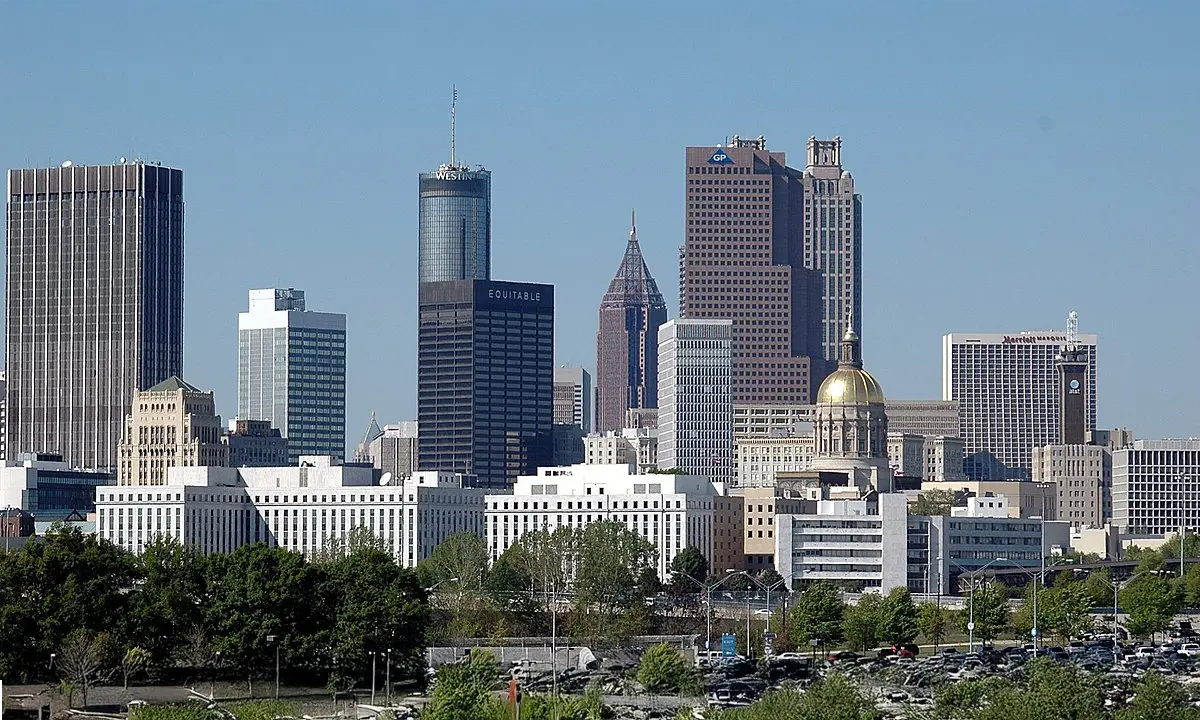
Overall Score: 8.9/10
Climate: 8/10
Affordability: 7.5/10
Quality of Life: 9/10
Atlanta blends Southern charm with big-city hustle. Home to over 500,000 people in the city proper and nearly 6 million in the metro area, it's a major cultural and economic powerhouse. It has thriving industries in film, healthcare, logistics, and tech.
The city is affordable compared to other major metros, especially in housing, and is known for its diverse neighborhoods and strong sense of community. Hartsfield-Jackson Airport—the world's busiest—makes travel a breeze.
Warm weather, a booming food scene, and deep historical roots make Atlanta a dynamic place to live for all ages.
8. Naples, Florida

Overall Score: 9.0/10
Climate: 9.5/10
Affordability: 6.5/10
Quality of Life: 10/10
Naples is often considered one of the best places to retire in the U.S., but it's also an incredible place to live for anyone seeking peace, luxury, and nature. Located on Florida's Gulf Coast, it has pristine beaches, elegant neighborhoods, and a strong sense of community. The population is around 20,000 in the city proper, with nearly 400,000 in the broader metro area.
Its economy is driven by tourism, real estate, and healthcare. Naples is extremely safe, clean, and walkable, with a high percentage of residents involved in civic activities and volunteering. The public schools are strong, and the local culture leans toward wellness and outdoor living.
It's not the cheapest area, but if you're looking for a high-quality, coastal lifestyle in a small, well-kept city—Naples delivers.
7. Charlotte, North Carolina
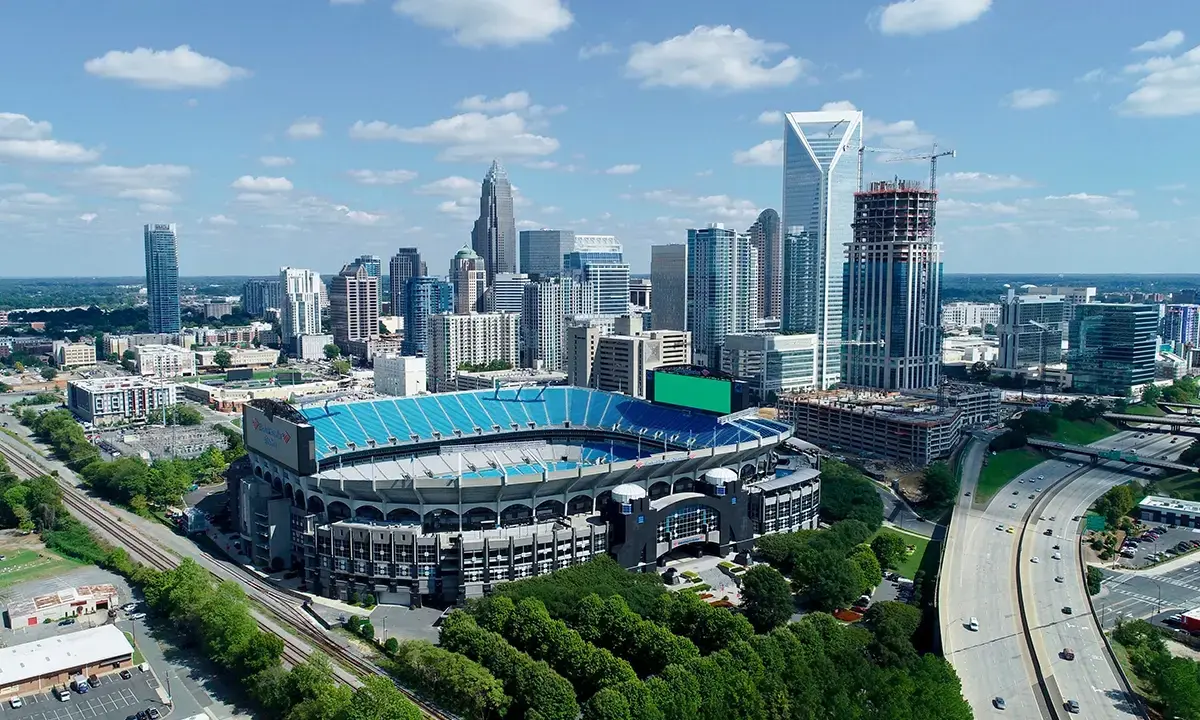
Overall Score: 9.0/10
Climate: 8.5/10
Affordability: 8/10
Quality of Life: 9/10
Charlotte is a fast-growing Southern city with a booming economy and an increasingly diverse population. As a major financial hub (second only to NYC), it's home to big names like Bank of America and Truist. The metro area has over 2.7 million people, yet it still manages to feel accessible and community-oriented.
It's a top choice for young professionals thanks to career opportunities, affordable housing, and plenty of green space. The weather is warm most of the year with relatively mild winters, and the city has easy access to both the mountains and the coast.
Whether you're looking for a vibrant urban life or a quiet suburban neighborhood, Charlotte's got options.
6. Boston, Massachusetts
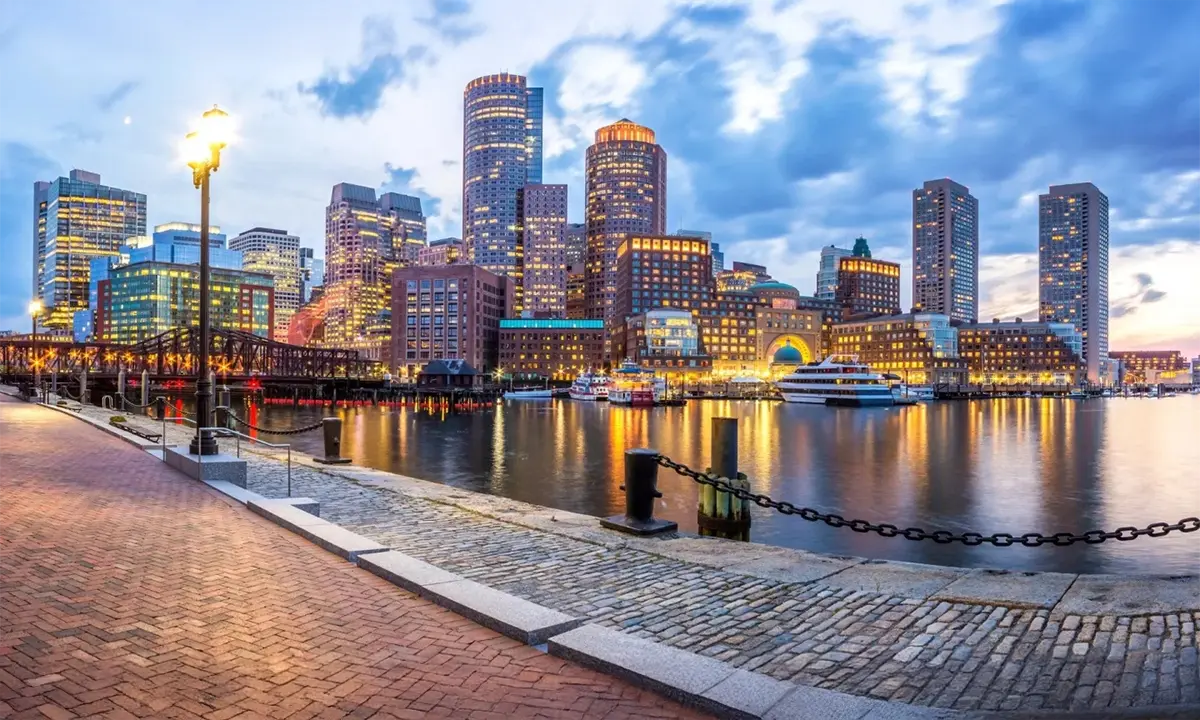
Overall Score: 9.1/10
Climate: 7/10
Affordability: 5.5/10
Quality of Life: 10/10
Boston combines the energy of a global city with the intimacy of a historic town. With world-renowned hospitals, top universities like Harvard and MIT, and rich cultural institutions, it offers some of the highest quality of life in the country. The metro area is home to nearly 5 million residents.
It's walkable, intellectual, and full of character—from cobblestone streets to cutting-edge biotech startups. Winters can be tough, and housing is pricey, but public transport is excellent, and salaries are generally high.
If you want to be surrounded by innovation, history, and culture, Boston is tough to beat.
5. Plano, Texas
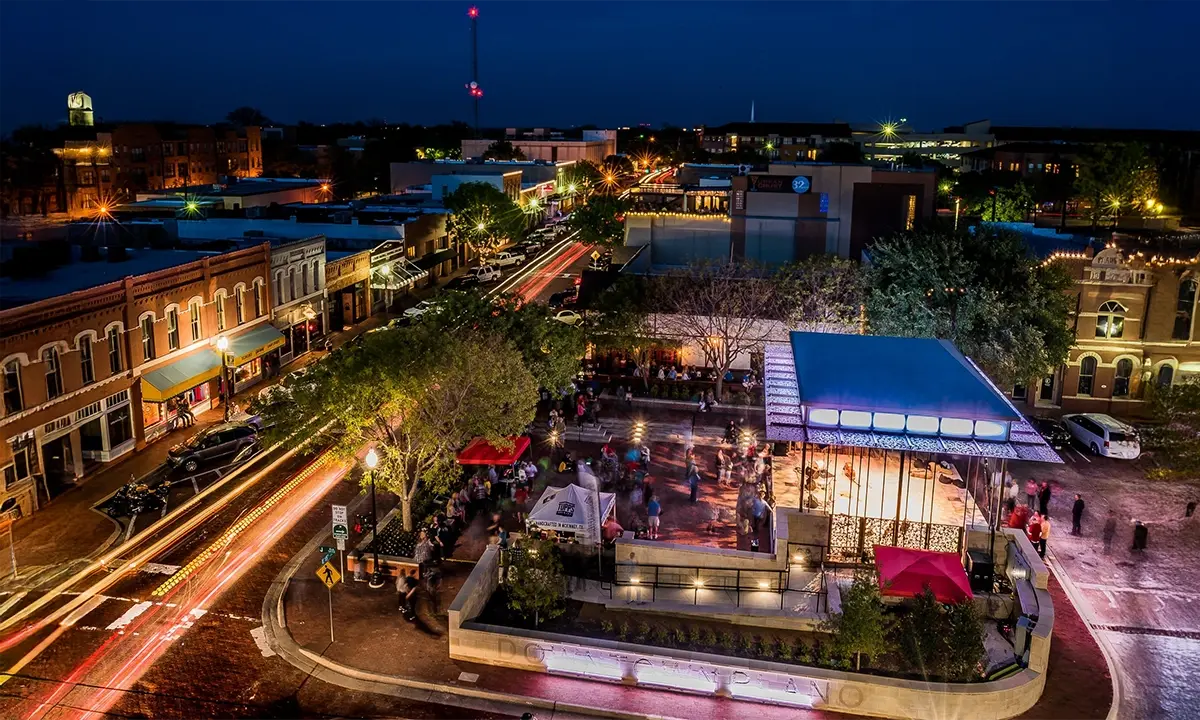
Overall Score: 9.2/10
Climate: 8/10
Affordability: 8.5/10
Quality of Life: 9.5/10
A suburb of Dallas that's grown into a city of its own, Plano is one of the most desirable places to live in Texas. With a population of over 285,000, it boasts excellent schools, low crime, and a thriving economy that includes major employers like Toyota North America, Frito-Lay, and JPMorgan Chase.
It's extremely family-friendly with great parks, clean neighborhoods, and strong infrastructure. The cost of living is reasonable, especially when you consider the income opportunities and lack of state income tax.
Plano blends big-city opportunity with suburban peace of mind—a win-win for families, professionals, and retirees alike.
4. Portland, Oregon
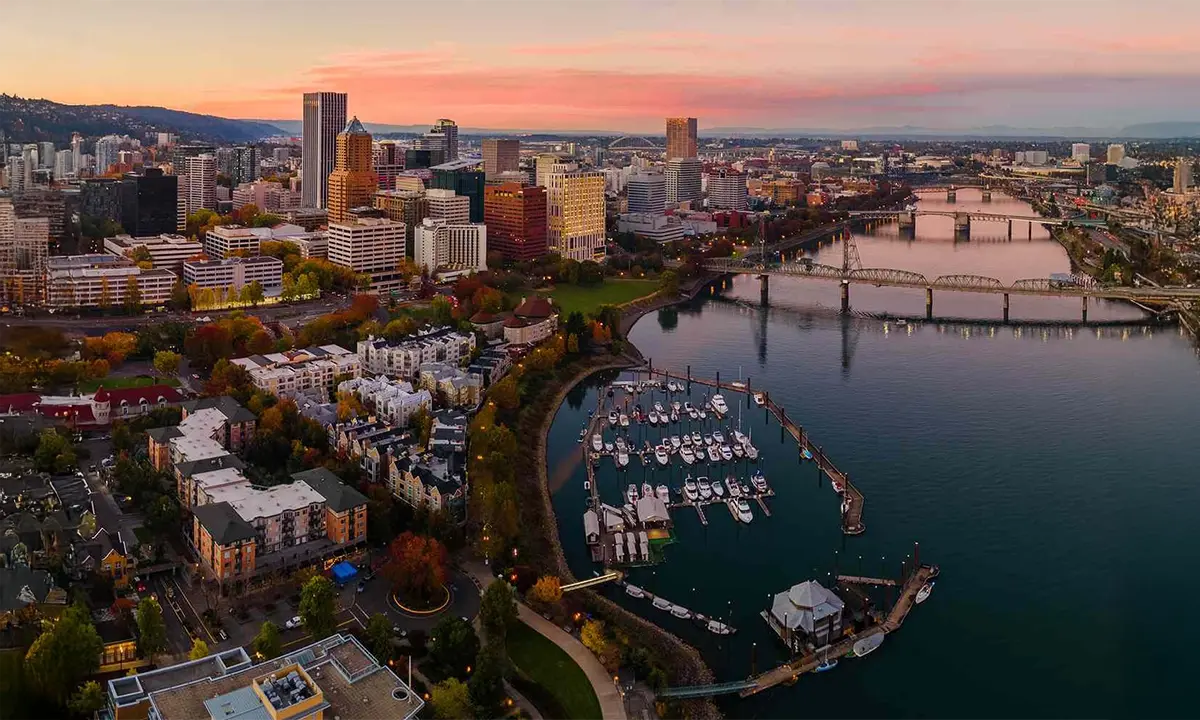
Overall Score: 9.2/10
Climate: 8/10
Affordability: 6.5/10
Quality of Life: 10/10
Portland is a haven for those who value creativity, sustainability, and natural beauty. Surrounded by mountains, rivers, and lush forests, the city of over 650,000 is known for its progressive culture, vibrant food scene, and dedication to green living. It's one of the most bike-friendly and eco-conscious cities in the US.
Portland's economy is growing in the tech, health, and creative industries. While the cost of living has increased, it's still more affordable than other West Coast tech hubs. Public transport is solid, and the city is packed with quirky neighborhoods full of character.
From microbreweries and indie bookstores to farmers markets and endless outdoor options, Portland is ideal for people who want to live consciously and creatively.
3. Irvine, California

Overall Score: 9.3/10
Climate: 9/10
Affordability: 5.5/10
Quality of Life: 10/10
Located in Orange County, Irvine is consistently ranked one of the safest, cleanest, and most livable cities in the US. It has about 310,000 residents, master-planned neighborhoods, top-rated public schools, and a thriving economy in tech, healthcare, and education.
While housing is expensive, residents benefit from low crime, great infrastructure, and access to some of California's best beaches and trails. The weather is sunny and mild nearly year-round, and the city's parks, bike paths, and open space make it easy to stay active.
It's particularly attractive to families and professionals who want a polished, organized place to live with top-tier public services.
2. Colorado Springs, Colorado
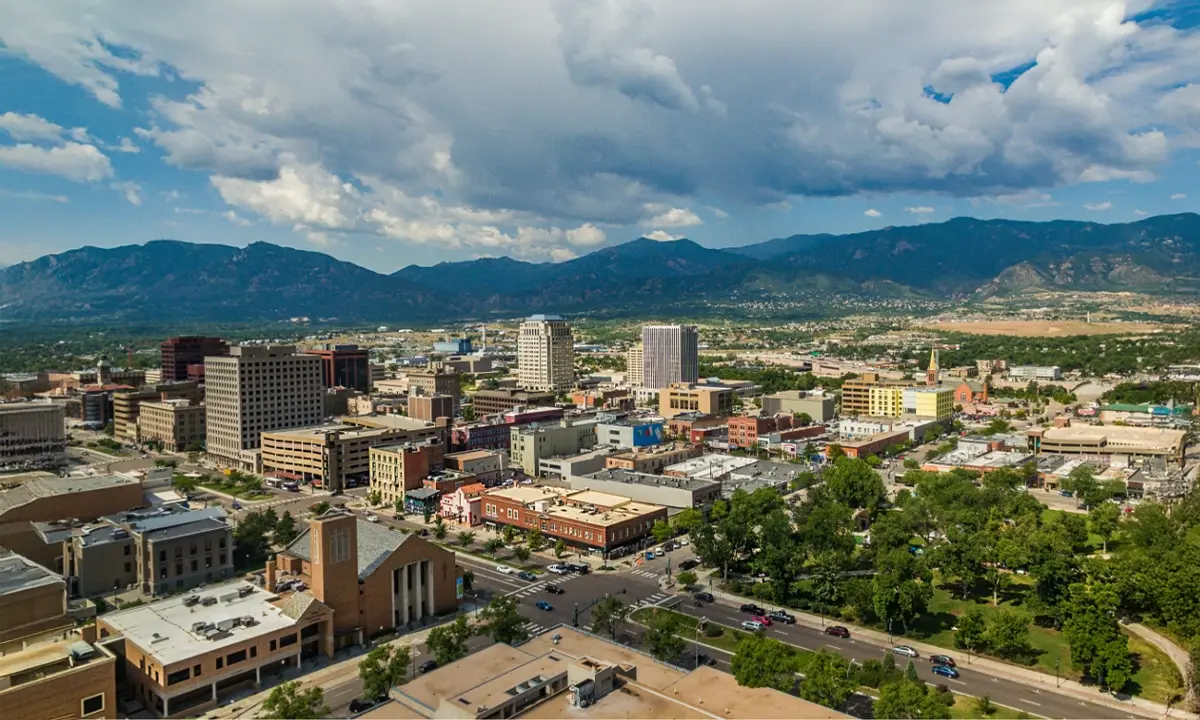
Overall Score: 9.4/10
Climate: 8.5/10
Affordability: 8.5/10
Quality of Life: 10/10
Colorado Springs offers mountain views, fresh air, and an unbeatable outdoor lifestyle. With about 500,000 residents, it combines access to big-city amenities with a smaller-town feel. It's also significantly more affordable than Denver, just an hour to the north.
The city has a strong job market in defense, aerospace, and healthcare. It's home to military institutions like the US Air Force Academy and NORAD. Education and wellness are also big priorities here.
With its low cost of living, scenic beauty, and growing job base, Colorado Springs has become one of the most attractive places to live in the country.
1. Sarasota, Florida

Overall Score: 9.5/10
Climate: 9.5/10
Affordability: 7/10
Quality of Life: 10/10
Taking the top spot is Sarasota—a Gulf Coast gem with white-sand beaches, warm weather, and a high quality of life. With a population of around 60,000 in the city and over 800,000 in the metro, Sarasota combines laid-back coastal living with a thriving arts and culture scene.
It’s especially popular among retirees, but it’s also attracting remote workers and young families thanks to its strong healthcare system, walkable neighborhoods, and beautiful environment. The cost of living is reasonable compared to other beach towns, and Florida’s lack of state income tax adds extra appeal.
Whether you're into boating, art galleries, farmers markets, or simply watching the sunset every evening, Sarasota offers a truly special lifestyle for people at every stage of life.
